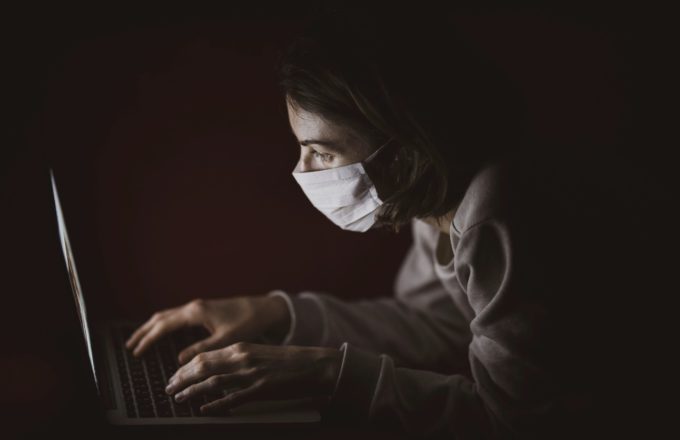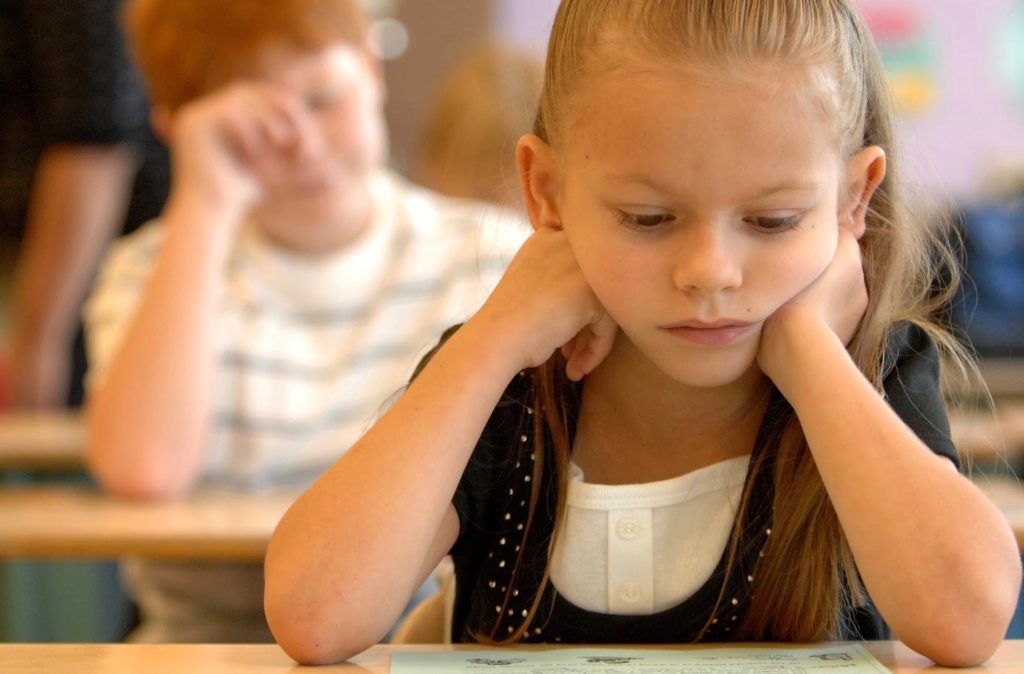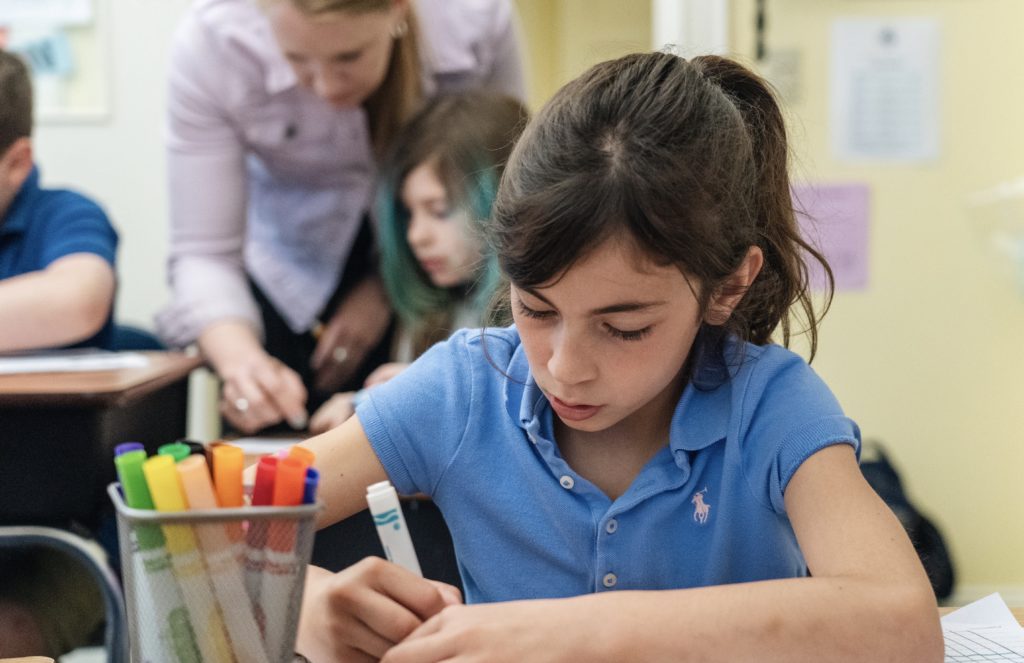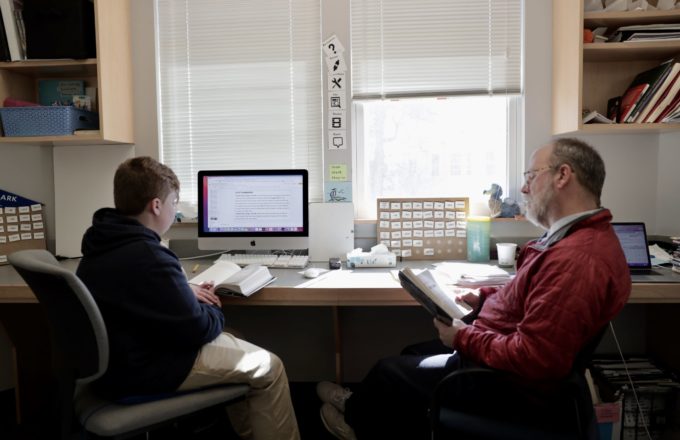New Normals and Expected Anxiety
As I write this, it is the one-year anniversary of the United States having its first case of COVID-19. We have been living amidst a pandemic for 365 days. Let that sink in for a moment: a year of new normals, unprecedented times, changes in routines, and increased stress and anxiety. Back in March 2020, Harvard experts helped us understand the main triggers of stress: novelty, unpredictability, threat, and lack of control. As luck would have it, this pandemic cues each of those stress triggers. By now, we’ve lived with this stress for almost exactly a year and know the toll it can take.
There is good and bad stress. Most of us can agree that good stress might be the excitement of planning a wedding, but the persistent uncertainty associated with living during a pandemic is certainly bad stress. The anxiety about getting COVID, the worry of losing a job due to unstable economic times, and the prolonged isolation from loved ones are stressors that cause excessive worry, leaving us all feeling more anxious than a year ago. As a clinician and a parent, I find myself frequently wondering if this pandemic will have lasting impacts on our students and children?
Whether in a pandemic or not, let’s take a look at what is happening when we feel anxiety. Anxiety is a normal emotion that we all feel from time to time. It can even be helpful; anxiety helps keep us out of danger because it activates a very primitive part of our brain, the amygdala. The amygdala, meaning almond, is a brain structure in the shape of its namesake. When we encounter a worry-triggering event or thought, the amygdala sets afire, sending messages to our nervous system, which can make us feel stress, anxiety, and even panic. My favorite anxiety guru, Lynn Lyons, explains that the problem with the amygdala is that it’s like a poor house smoke alarm. The amygdala is not able to distinguish between the smoke from burned toast and that from a house fire. When our brains continuously think the house is on fire when, in fact, toast is just burned, the symptoms can become overwhelming and can impact daily life.
When we’re not living in a pandemic, if anxiety is persistent, excessive, and interfering with typical life activities, it constitutes a diagnosable condition. Previous to 2020, about 7% of children under 18 were diagnosed with anxiety. Despite only 7% of children meeting criteria for diagnosed anxiety, closer to 25% presented with significant anxious behaviors in school. Now that school, which was once a constant in students and teachers’ lives, has changed, I’m sure educators witness more anxious behaviors than they did pre-pandemic. For one, if students are currently learning in person, they must get used to wearing a mask all day and may worry about getting COVID or passing the virus onto vulnerable loved ones. If they are learning remotely, they may have to attend class in a way that is distinctly different from being in person. And with either model, they may have very few opportunities for the typical social interactions available to them pre-pandemic.
Given all of these dynamics, what can we do to help our students and ourselves? First and foremost we can expect worry. Expecting worry means that we embrace it as a normal part of life, a healthy emotion, and a very understandable feeling during a pandemic. When we expect worry (our students or our own), we are already on the offense, not caught off guard when it streams in. After all, remember this pandemic hits all stress triggers! When we expect worry, our amygdala does not hold the same power to spark panic in our body. When we ask students to expect their worry, we often suggest that students talk back to worry, to name it. I tell my students that my worry is named Wanda and anytime I encounter a new situation or one that might cause stress, like having to navigate a new Google Classroom tab, give an oral presentation, or wait for COVID test results, I welcome Wanda in and talk to her. “Well of course you’re here, I’m doing something for the first time and I could predict I’d be nervous.” And “I’m not sure what’s going to happen next, so Wanda, I know you’re trying to make me panic about what might (or might not) happen.” Naming worry is a type of externalizing, a common clinical strategy for helping the client separate from their problems. When our students are able to talk to their worry, the emotion doesn’t overcome them in the same way; students can use their logical mind and strategies to push back against this bully of a feeling.
Besides encouraging students to name and talk back to their worry, you can help them build their own predictability. If we expect that worry will happen, which it always will, we can rely on routines, agendas, and typical operating procedures to help our students feel comfort and success. One of the most difficult aspects of school during this pandemic is the loss of familiar and cherished routines. However, we can reinforce our ability to make our own routines: stick to the same homework spot, use an assignment notebook, keep a similar after school schedule: snack, free time, homework, dinner, and bedtime. This way, when the world around us shifts, we still have our normalcy.
Another concrete strategy that can be included in the school day is any form of breathing or mindfulness. Helping students to tap into mindfulness as a skill for managing their anxiety can become part of your class routine. Some of my favorite apps for mindfulness are Calm, Insight Timer, and Headspace. Even 2 minutes of silence, a brief 5-step chair yoga exercise, or a 5-minute guided meditation to help students be ready to learn will aid them in practicing a way to respond to stress during a time when they are not already worried. This way, when anxiety does arise, they can tap into that practiced feeling of calm.
If you’re reinforcing talking to worry, having routines, and practicing mindfulness but you still have a handful of students who become overwhelmed by their anxiety (which, given this year is likely!), you can always suggest they get their body moving. Oftentimes a simple walk down the hall and back or a 2-minute outdoor mask break can help the amygdala cool off enough to have your student return to class no longer in a panic. Moving our bodies can help us move our emotions through. Some students will not be able to talk to their worry or get their logical mind to combat anxiety unless they have this physical distraction to interfere with the amygdala’s typical response.
Above all else, practice extra kindness and patience this year – with yourself and with students. We are all carrying much more than we ever imagined: living, teaching, and trying to push forward in a pandemic. For a student perspective on how these unprecedented and stressful times are impacting teenagers, watch this short film by Toronto Teen Olivia McNeil. Remember that worry is not the enemy, it is a typical emotion, but worry has ramped up for so many in the wake of COVID-19. When we expect worry, as well as give everyone a bit more patience, kindness, and support, your students’ reactions may surprise you. Anxiety may make our students feel alone, that the world is unsafe and that they can’t handle what’s ahead. Extending calm and comfort to our students helps show anxiety that it is not in control, that students can rely on us, and that we will all get through this, together.
References
1 https://news.harvard.edu/gazette/story/2020/03/chan-school-session-breaks-down-ways-to-ease-stress/
2 https://www.dictionary.com/browse/amygdala?s=t
3 https://www.nimh.nih.gov/health/topics/anxiety-disorders/index.shtml



